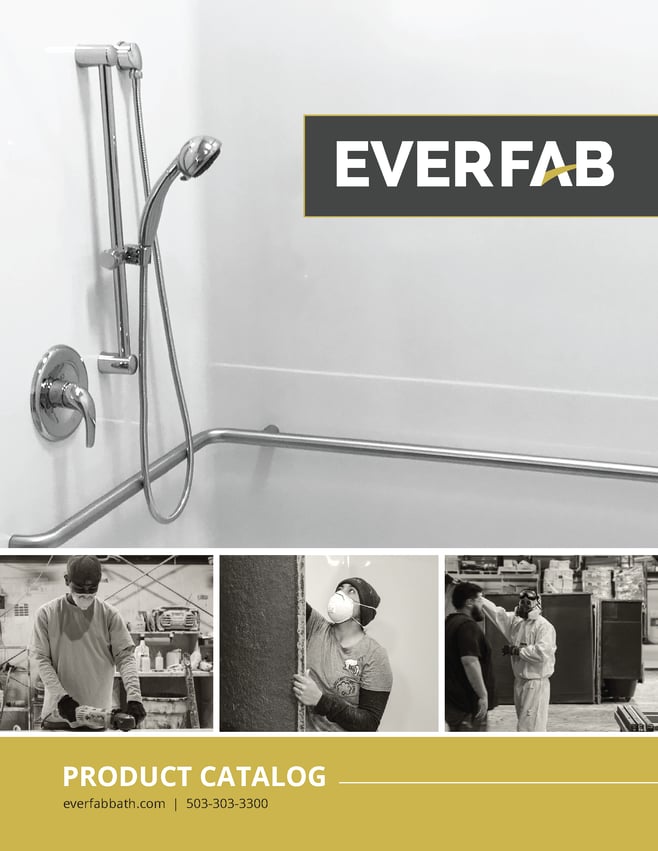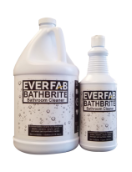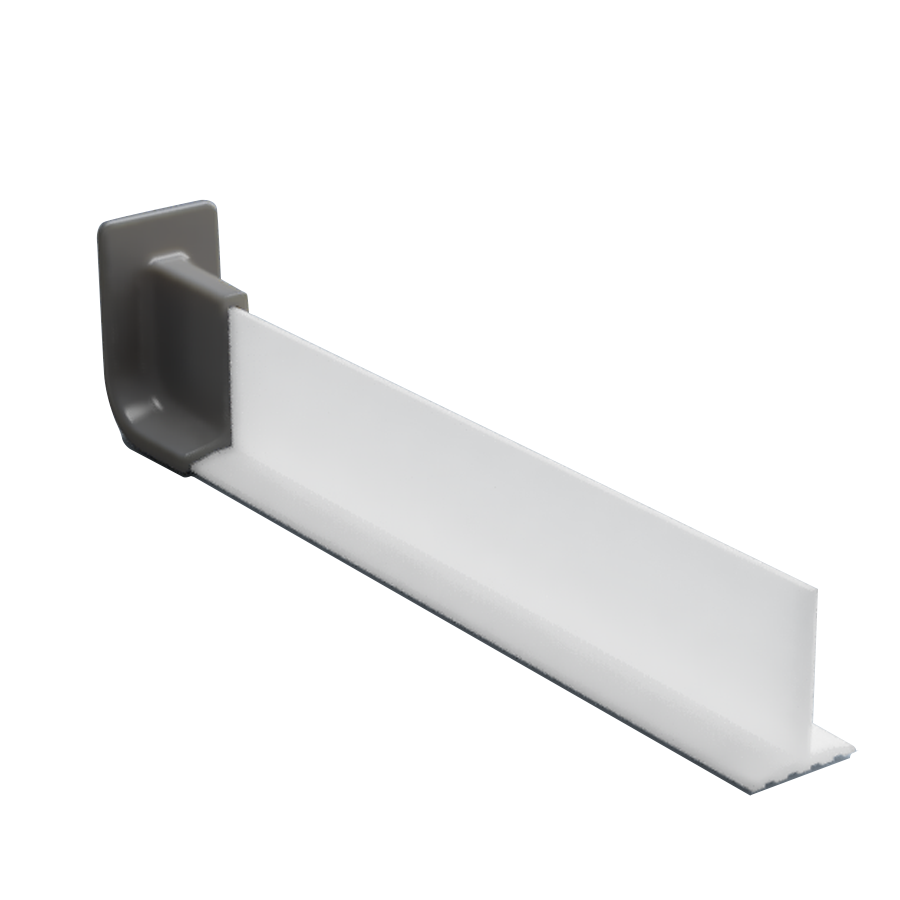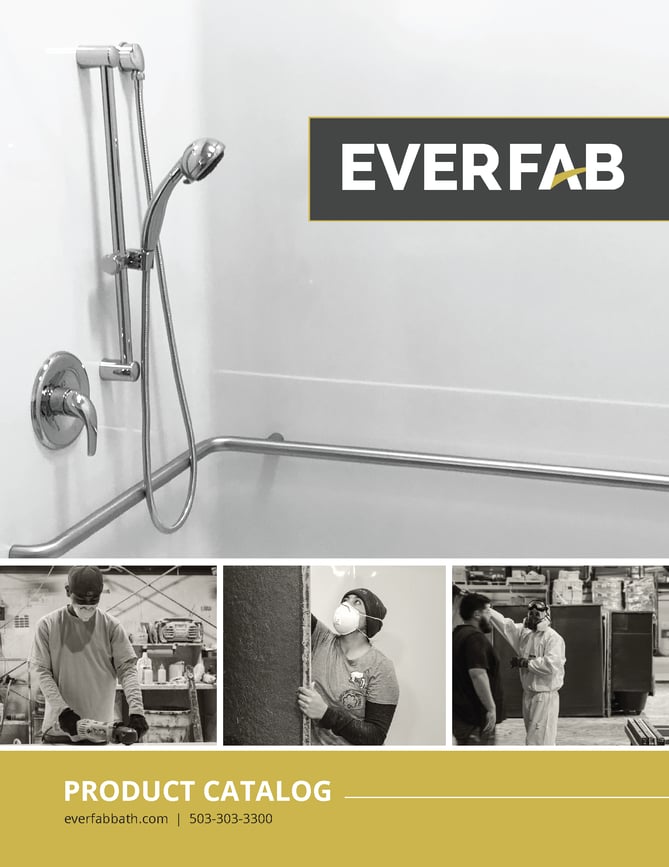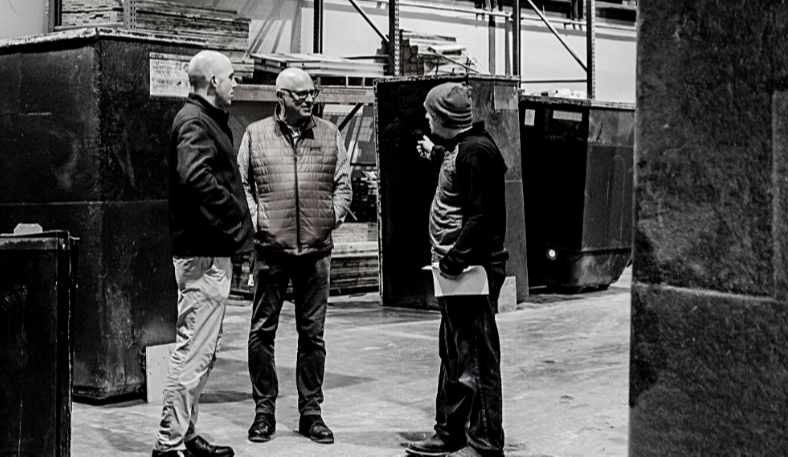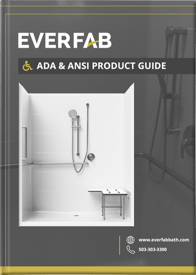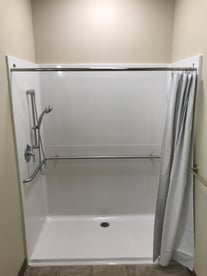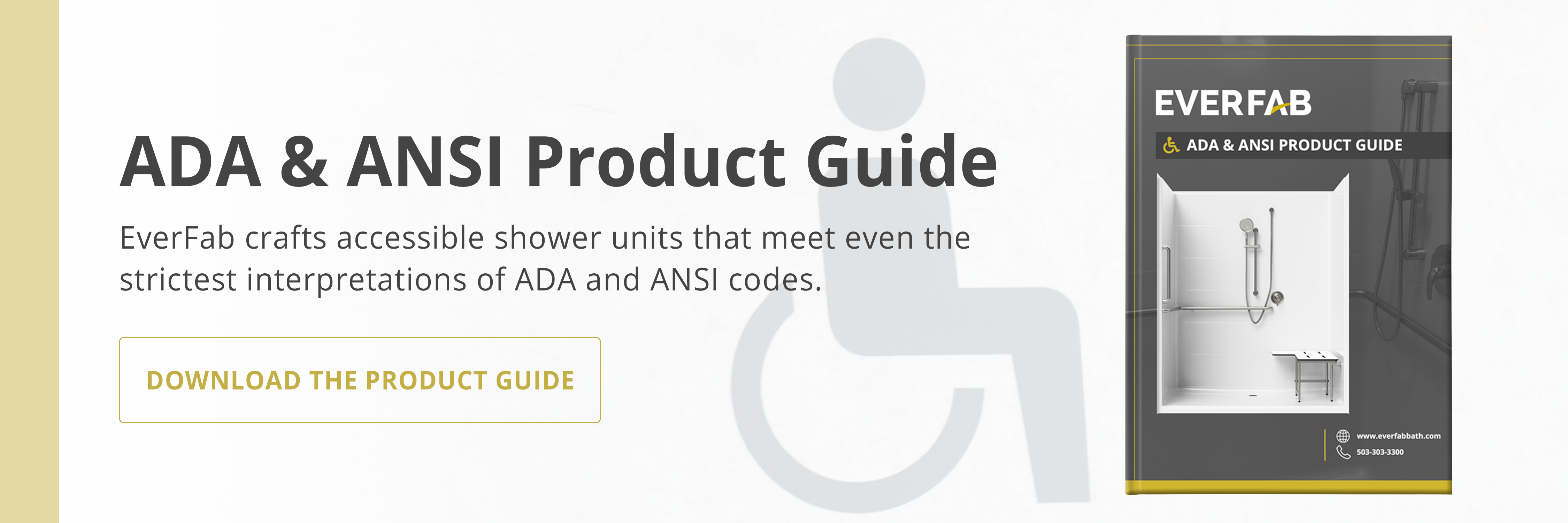-
Shop All Products
-
-
Shop All Products
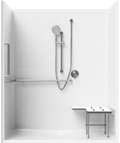
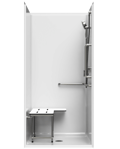
We meticulously sculpt and construct each model by hand to ensure our customers have durable shower units they can comfortably rely on for years to come.
-
-
-
About
-
-
About
We strive to be world-class in everything we do by hiring the best people, building the best product, and providing the best customer experience.
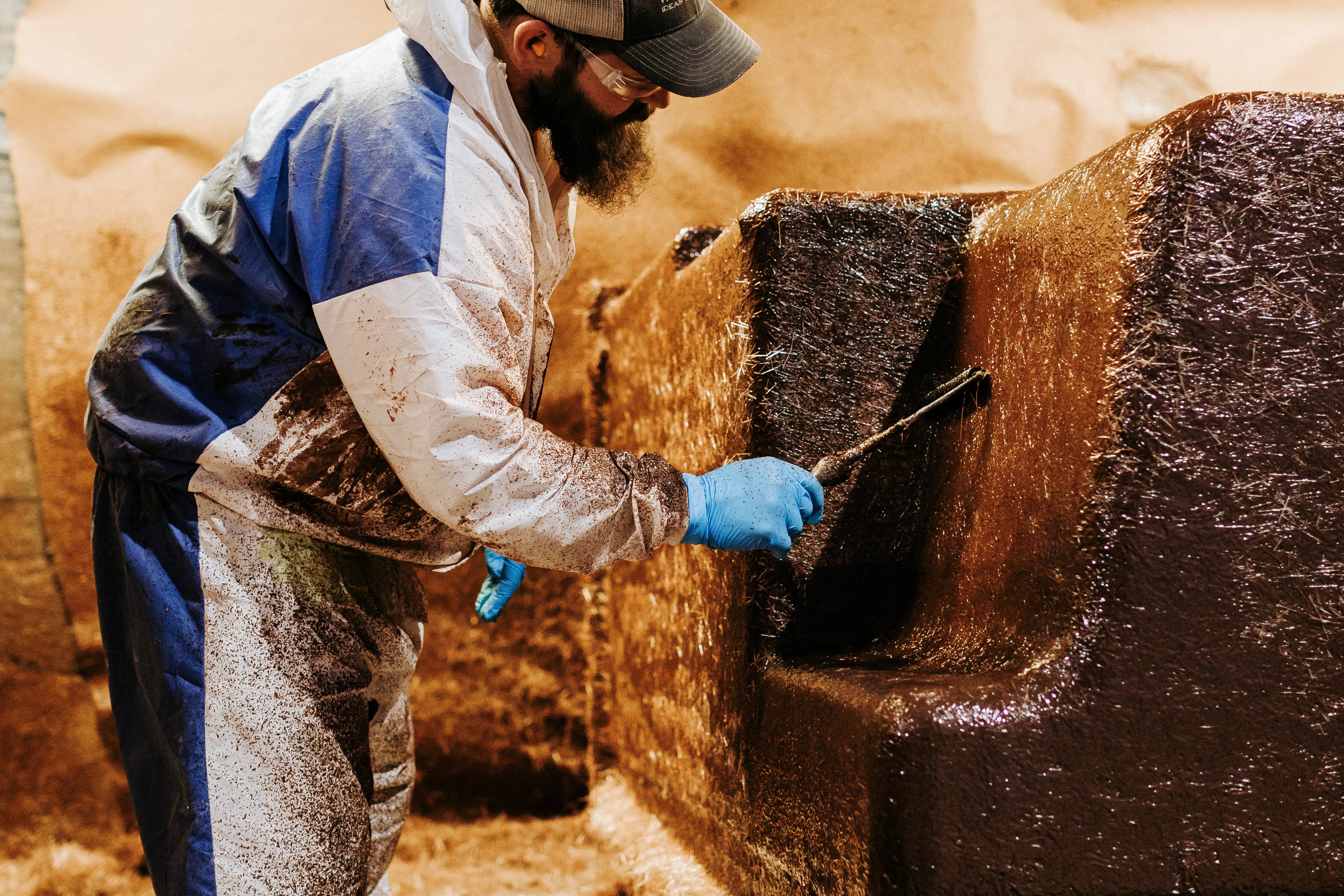
-
-
- Who We Work With
-
Resources
- Projects
- 503-303-3300
- Contact Us
- Search Products
Blog
Discover the latest industry trends and insights related to bathroom architecture and ADA compliance.
Six Problems to Avoid in Your Assisted Living Bathroom Project
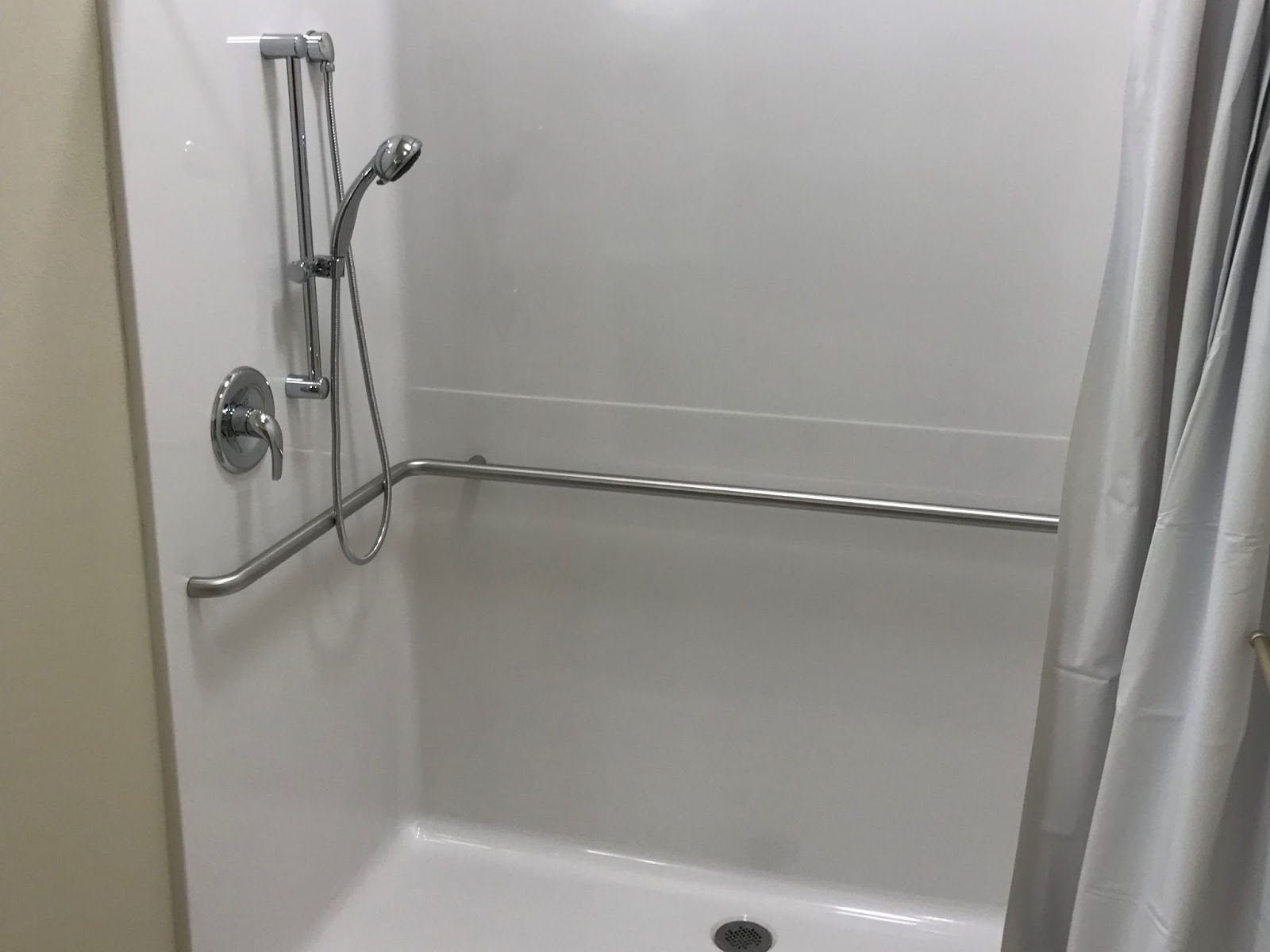
According to the Centers for Disease Control (CDC), bathrooms are the number one culprit of household injuries. Nearly 80 percent of these injuries occur to individuals 65 and over and 66 percent of them occur when exiting or entering a shower. That’s why assisted living bathrooms must be designed with safety in mind.
It’s not just about being compliant with federal and state regulations, but ultimately about designing a bathroom that will last, is aesthetically pleasing, welcoming, and most importantly, safe. Here are the six problems to avoid in your next assisted living bathroom project.
1. Not Being ADA-Compliant
The ADA (Americans with Disabilities Act) standards and guidelines outline strict compliance codes and accessibility requirements for bathrooms. These standards cover the height for toilets, minimum turning space (60-inch diameter), minimum wheelchair space (30 x 48 inches), grab bars, sink height, and a whole list of requirements governing fixture height, reach, and placement.
While all these guidelines can seem somewhat daunting, ensuring your plans and designs for assisted living bathrooms are ADA-compliant is critical. This is the all-important first step that ensures your customer is safe and you’re not liable for any potential injuries in the future.
2. Ignoring Senior Living Trends
Everyone wants the latest and greatest, and seniors are no different. Yes, they want a bathroom that is safe, but they also want it to be welcoming and pleasing to the eyes. Remaining up to date with recent senior living architecture trends – and incorporating some of those trends in your design – ensures you’ve created a safe space that resonates with your customer.
It’s also a great way to impress your customer as you go over the design of the bathroom. You’ll be able to outline all the extra steps you took, your attention to detail, and the little things you included to make the bathroom safe, trendy, and homey.
3. Cutting Corners
Using substandard materials, omitting certain steps, cutting corners, and adopting haphazard design protocols just to save money will only cause problems for you and your customer. The ultimate goal is to construct visually stunning assisted living bathrooms that are built to last, are ADA-compliant, incorporate the latest senior living trends, are safe, and have high-quality fixtures.
4. Not Incorporating a Walk-In Shower and Adjustable Shower Chair
Often referred to as an easy-access shower or doorless shower, a walk-in shower with a shower chair is a must-have for any senior, especially those with a disability or mobility issues. Make sure your walk-in shower is large and wide enough to accommodate wheelchairs. Including a hand-held shower head is a nice little feature that improves the mobility of disabled seniors while making it easier for caretakers.
Not only are walk-in showers easier to get into, but they allow you to showcase your tile work and tile colors. Adding an adjustable shower chair reduces the risk of falling, lessens the strain on a senior’s body, and improves accessibility for any senior that lacks mobility or has decreased balance.
5. Ignoring Grab Bars and Non-Slip Mats
The same CDC report cited above also showed how only 19 percent of the bathrooms in homes in the United States have grab bars. Don’t make the same mistake. The best shower for seniors must have plenty of grab bars and handrails.
These should be located within and immediately outside the walk-in shower, near the sink and toilet, and possibly along the length of the walls, depending upon the customer. Accompanying these should be ergonomic non-slip mats with rubberized backing that sticks to the floor so they don’t move or slide. These should be placed inside and immediately outside the walk-in shower and in front of the sink.
6. Not Using Safe Tiling, Flooring, and Proper Lighting
When wet, conventional glossy tiles are extremely slippery and are a disaster waiting to happen for seniors. Instead, use non-slip tiling, vinyl tiles with extra padding, rubber flooring, or interlocking rubber mats and tiles. Even when wet, the risk of slipping or falling is drastically reduced on rubber mats and tiles as the water often collects underneath the raised portion of the mats.
There are plenty of high-quality, durable flooring options with multiple color options that are both eye-catching and safe. Make sure your design incorporates a floor that minimizes the likelihood of falls or slips. Finally, don’t skimp on lighting. Your design can incorporate natural light with wide and high windows, but it must also include lighting solutions that properly illuminate the bathroom without too much glare.
EverFab’s Complete line of Well-Designed, Well-Manufactured ADA-Compliant Showers
EverFab is widely recognized as an innovator and market leader in ADA-compliant showers. Customers consider us their go-to resource because of the craftsmanship of our products, our customer-centric focus, our follow-through capabilities, and our commitment to service excellence.
If you need a customized solution or want to learn more about how EverFab can help, contact us now.
Get the latest!
Subscribe to our newsletter
Read On
Unconventional Senior Living Sites That Are On the Rise
According to the United States Census Bureau, between 2010 and 2020, the number of Americans over...How EverFab Builds the Best Bath Systems for Senior Living Facilities
The design of the bathroom at a senior living facility plays a critical role in resident...Senior Living Design and ADA Compliant Bathrooms Go Hand-in-Hand
ADA compliance is a top priority in effective senior living design. However, ensuring you meet...9050 Porter Way SE, Aumsville, OR 97325
COPYRIGHT © 2025 EVERFAB
